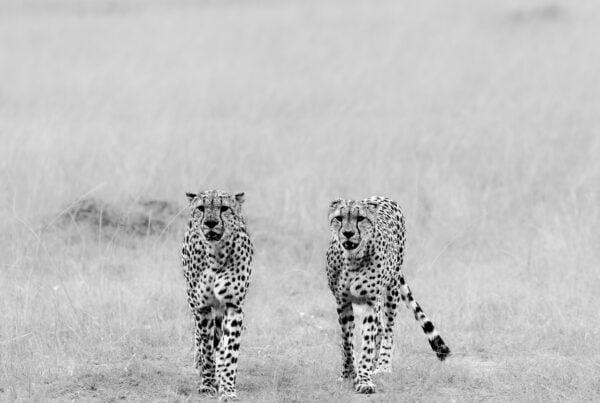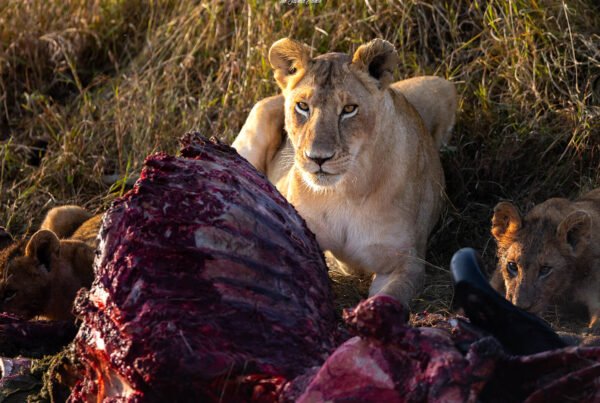Nature, in its intricate workings, demonstrates a remarkable ability to support and maintain biodiversity. This delicate balance is achieved through a complex interplay of factors that regulate populations and ensure the coexistence of various species within an ecosystem.
Predator-Prey Dynamics
- Predators play a crucial role in controlling the populations of their prey species.
- For example, wolves regulate deer populations, preventing overgrazing and allowing for the survival of diverse plant species.
- This, in turn, supports other herbivores and omnivores, increasing overall biodiversity.
Competition and Resource Partitioning
- Competition for resources can drive species to specialize and occupy different niches within an ecosystem.
- This reduces direct competition and allows for a greater diversity of species to coexist.
- For example, different bird species may feed on different types of insects or occupy different levels of the forest canopy.
Symbiotic Relationships
- Symbiotic interactions, such as mutualism, benefit both participating species.
- Bees and flowers exemplify this, where bees pollinate flowers, ensuring their reproduction, while the flowers provide nectar as a food source for the bees.
- This mutually beneficial relationship supports the diversity of both plant and insect species.
Key Principles of Biodiversity
Balance: Nature maintains a delicate balance between different species, preventing any single species from dominating and threatening the existence of others.
Interdependence: The survival of one species often depends on the presence of others, creating a complex web of interactions that support biodiversity.
Resilience: A diverse ecosystem is more resilient to disturbances, as the loss of one species may be compensated for by others.
By understanding these natural mechanisms, we can gain a deeper appreciation for the importance of biodiversity and recognize the need to conserve and restore ecosystems that support a wide variety of life forms.











